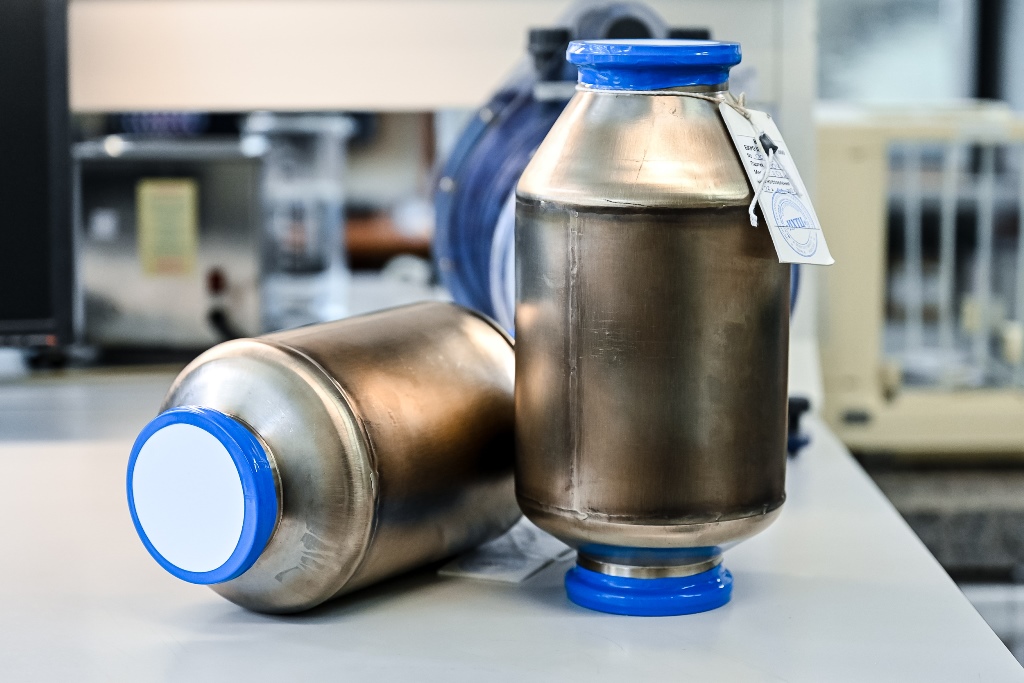Russia is developing civil aircraft construction without imported components. At the end of August, a prototype of the Sukhoi Superjet 100 made its first successful flight. The jet is equipped with two ozone converters that were created by Tomsk State University chemists and the Engineering Chemical Technology Center (ECTC). By March 2024, the ECTC will manufacture and supply similar equipment for 22 new airplanes.
Ozone converters are an essential component of every airplane safety system. At altitudes of less than 11,000 meters, an airliner enters an area where the ozone concentration is quite high, and outside air must be purified.
By international rules, ozone converters are installed in the cabins of all airplanes; light aircraft need two converters and large aircraft four to six. Previously, the USA and Germany were the only countries in the world manufacturing such converters. Now Russia has its own production facility in Tomsk.
A catalyst effectively converting harmful O₃ into breathable O₂ was developed by a scientific group led by Sergey Galanov at the catalytic research laboratory of the TSU Faculty of Chemistry. Production of converters containing this catalytic material has been established at ECTC, which is an innovation company founded by TSU.

Сurrently, the converters for new Russian airplanes are being tested in Tambov, while the main tests are carried out in Moscow.
“We live in a new reality when we are assigned real tasks and we need actual results. ECTC specialists are an engineering team in a leading position in Russia in strengthening the country's technological sovereignty in the chemical industry,” says Alexey Knyazev, director of ECTC and acting dean of the TSU Chemistry Faculty. “We produce up to 20 chemical products annually in collaboration with scientific and industrial partners. Our ozone converters were a scientific development that we created in collaboration with TSU at the request of JSC Roskhimzaschita. We developed our own Russian catalyst, our own Russian design. Now we are proud to see our product in the Russian aircraft design documentation.”
It should be noted that in 2021 IHTC received a state license to develop, manufacture, test, and repair aviation equipment, except for drones. The aviation equipment is currently air conditioning, life support, and air-charging equipment (oxygen generators).
Within the framework of the strategic project Safety Technologies and with the support of the federal program Priority 2030, Tomsk State University is carrying out the development of a set of advanced domestic digital and engineering solutions to minimize hazards for citizens and society.